Mt. Umunhum, California
During the Cold War, U.S. defensive radar installations stretched from the Arctic Ocean to Mexico. One of them was right in my (future) virtual back yard, atop Mt. Umunhum in the Santa Cruz mountains. It housed and operated one of the largest rotating antennas ever built.
Only about five miles (crow flight) from my house, the mountain top has been off-limits for decades. Even after satellite technology obsoleted the radar installation (closed in 1980), it still remained inaccessible, as restricted and private territory.
But conservation groups have gradually managed to buy up plots of land, and, with additional funding, have recently opened a terrific open-space destination.
Karin and I drove up there a few days ago, and it was a pure delight. So close by air and line-of-sight, it took us about an hour to drive the narrow, twisty, steep access roads, which now go all the way to the summit. Those five line-of-sight miles stretched into 24 on the odometer.
We drove along Hicks Road out of Los Gatos, and then took a right up the newly-opened Mt. Umunhum Road. For macho/masochistic reasons, cyclists like to tackle both Hicks, and the last muscle-mangling 2000-foot climb; this makes the roads even more “interesting”.
Along Hicks Road, the side-by-side housing disappears. The countryside becomes very rural, but occasionally elegant as well. Above the small Guadalupe reservoir, some impressive houses (mansions?) dot the hillsides in between broad sweeps of brush and forest.
Then even these remnants of “town” are left behind. At an intersection on the lower-elevation Hicks Road, Mt. Umunhum Road winds and climbs its way through a fairly wild landscape (for Bay-area California).
It’s a stiff grade, rising about 2000 feet in a little over five miles — roughly 8-10% the whole way. Besides testing the cyclists, it is sure to find the flaws in vehicles’ cooling and braking systems, especially in summer weather.
Views, both along the way and at the top, are more than rewarding. The mountain allows nearly unobstructed sights of the San Francisco and San Jose areas (northeast), the Coyote Valley (southeast), and the Salinas Valley and Watsonville area (southwest). Try to pick a clear day if you visit; we had about 40 miles visibility on our visit, and couldn’t quite see San Francisco or Oakland.
Even on a weekday morning, all the parking areas were 3/4 full. Weekends would NOT be the best time to visit.
From along the access road, and from the top, many hiking trails reach far out into the ridges and canyons. They can soak up as much exploration time as one is willing to invest. It’s a fabulous way to enjoy the wild spaces, in between chunks of civilization.
[NOTE: When I say “wild”, it’s not just a nicety. Coyotes and mountain lions are common in these mountains, and children and small pets must be closely supervised. Truly wild country needs appropriate wisdom and caution.]
In the process of reclaiming the top of the mountain back from Uncle Sam, huge quantities of waste and rubble were trucked away — but the reusable material was put into some of the rebuilding. As a consequence, the mountain has regained some of its original shape. But with all the “new” earth moving, some areas are very bare of vegetation. There are places that look like someone stuck some pine trees on a moonscape. But continuing projects are underway, and over the next few years the sere brown slopes will rejuvenate.
The original 84-foot-high building has been left in place, not so much for the sake of a monument (although it is one of sorts), but much more likely due to the sheer cost of removing it. It’s been all cleaned up, and actually makes a striking “statement” at the top of the hill.
The open-space folks have done a purely spectacular job in making a public-access feature out of a hidden government rubble-pile. The construction and overall quality are simply outstanding — roads, paths, stairways, railings, handicap-access. It’s all top-of-the-line, a real pleasure to experience.
You can visit this by car in a few hours, or you can reserve a full day, and explore some of the hiking trails as well. It’s definitely worth the time. Karin and I love traveling the western states, and I’ve shared a lot of those places in this blog. But it’s always nice to have a tidbit or two “just down the road” from home. This is one of them.
PS — If you do visit Umunhum, watch out for those cyclists! They’re either concentrating on that next peddle push, or completely wasted and have to stop, and in any case can be oblivious to cars and create sudden surprises. Give them time and room — after all, they’re workin’ really hard.
STILL CURIOUS? see these links…
https://www.openspace.org/preserves/sierra-azul
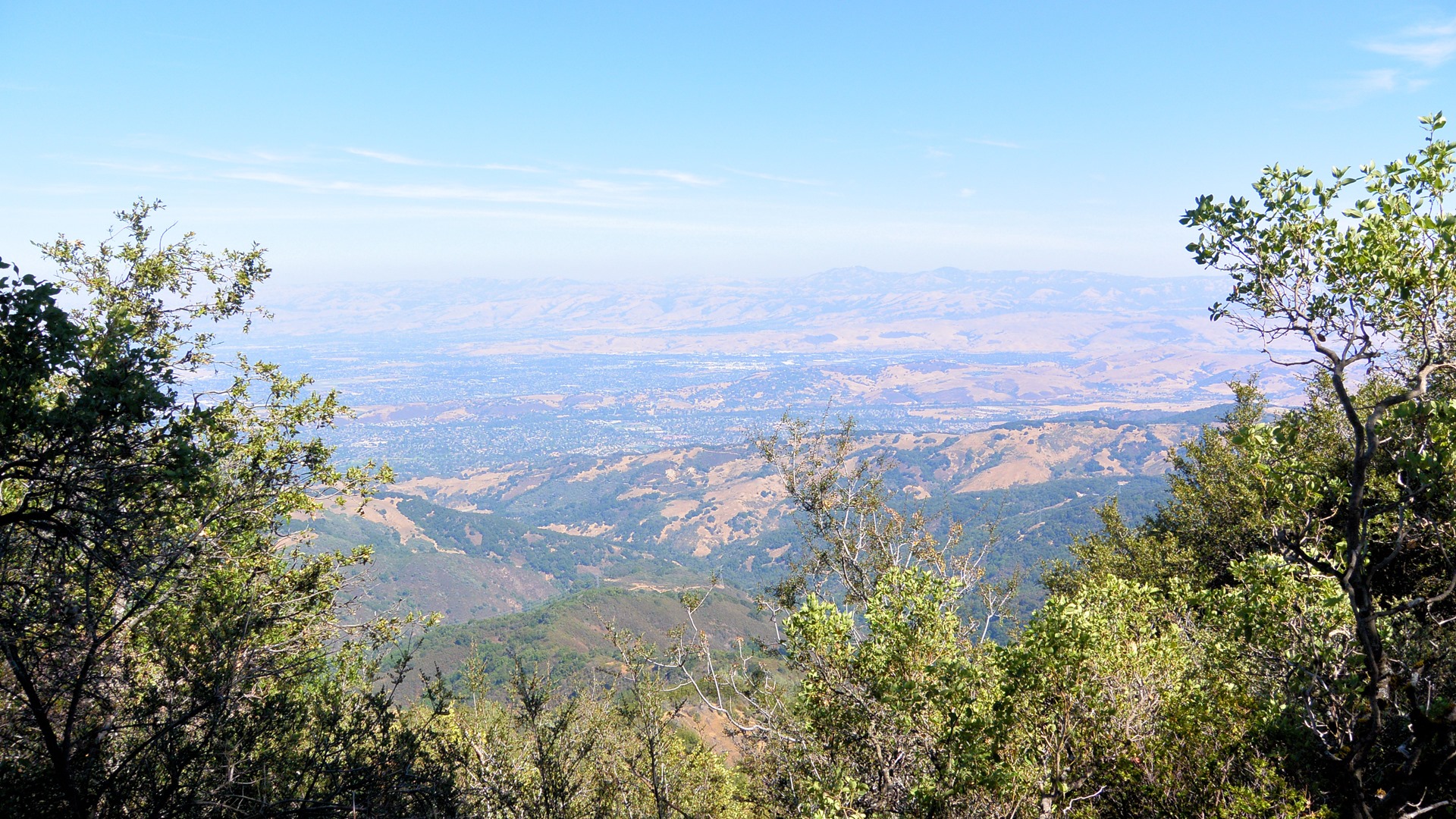
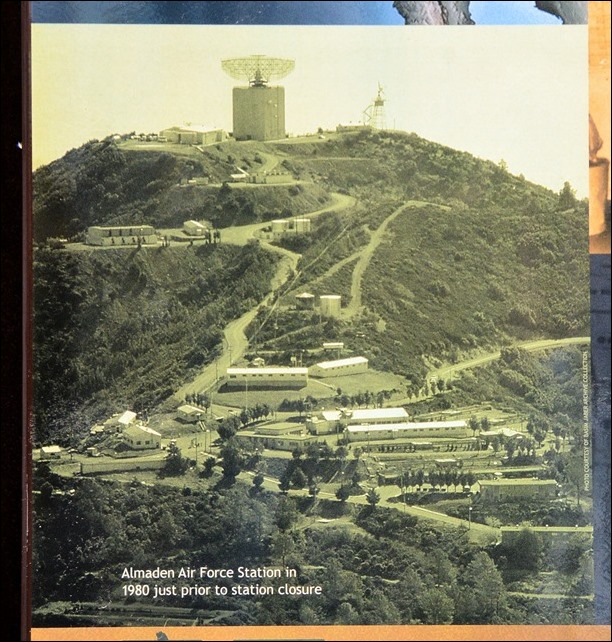
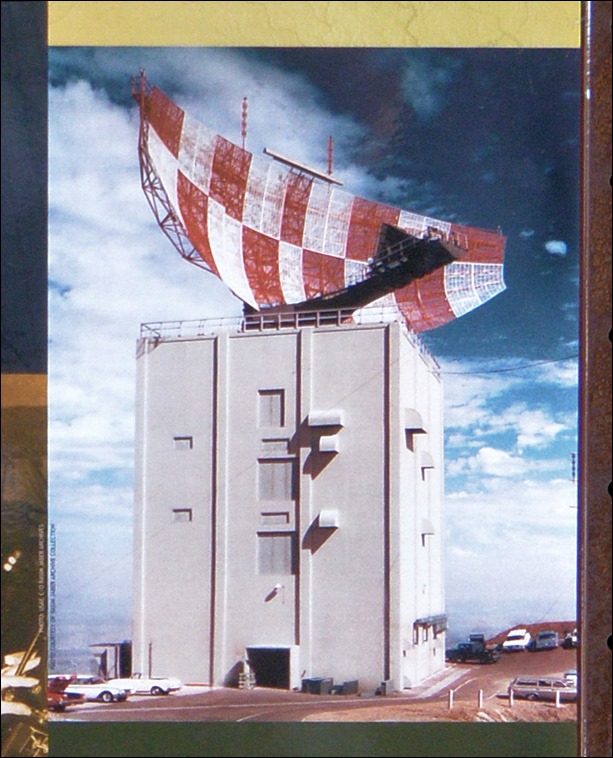
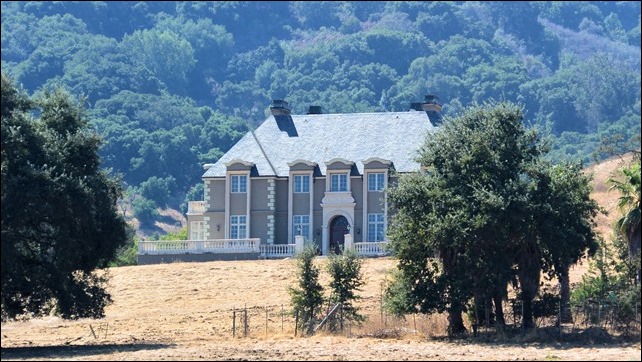
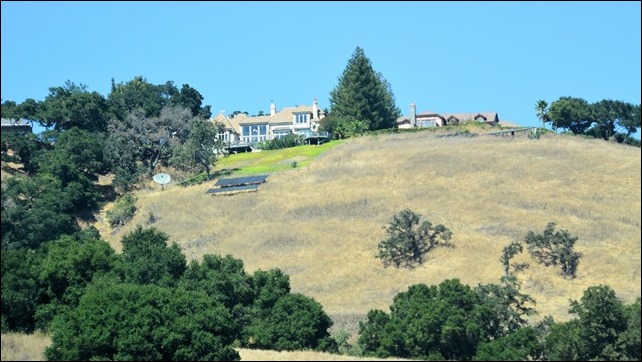
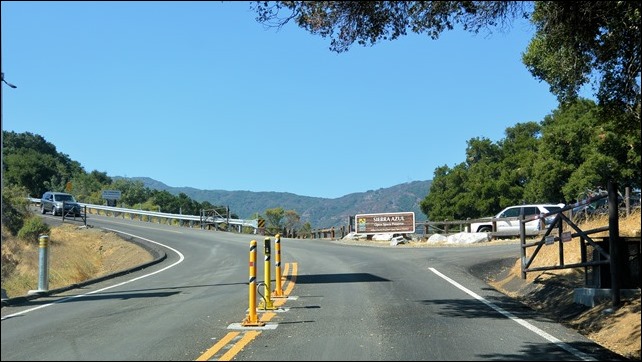
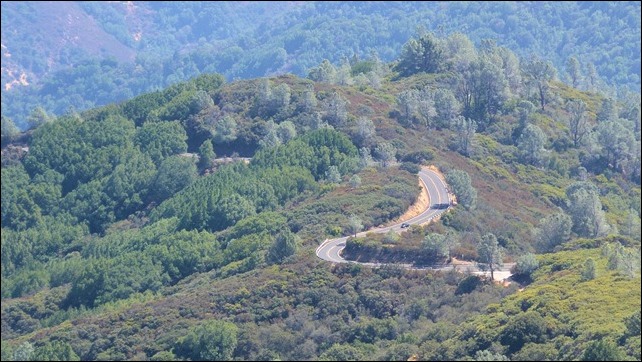
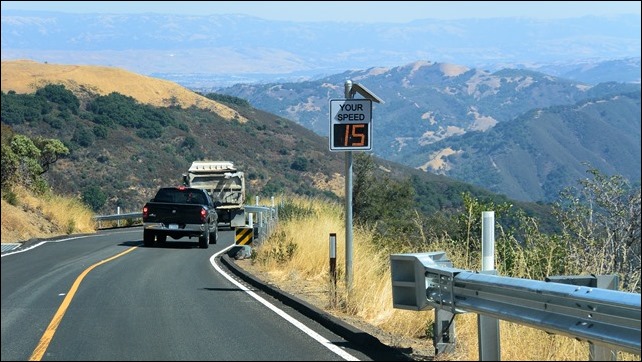
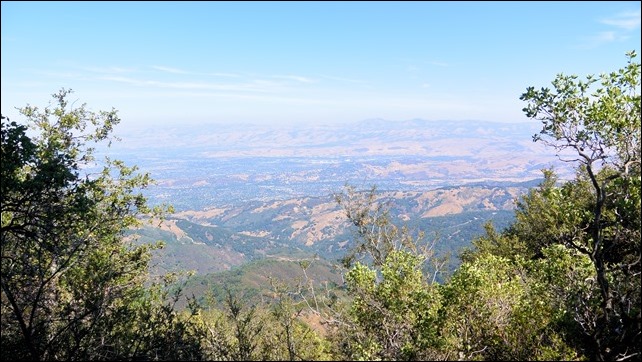
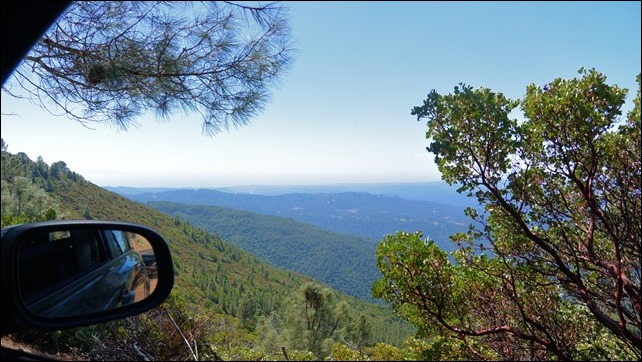
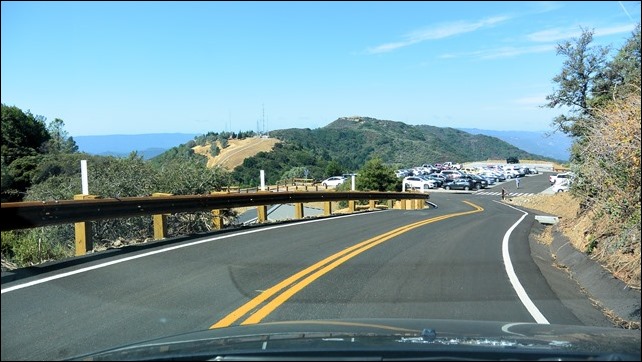
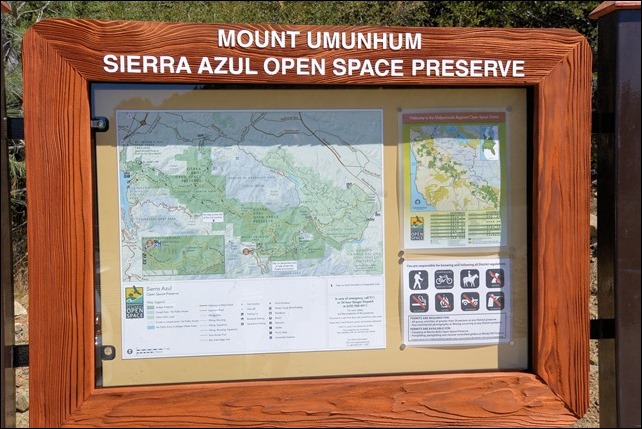
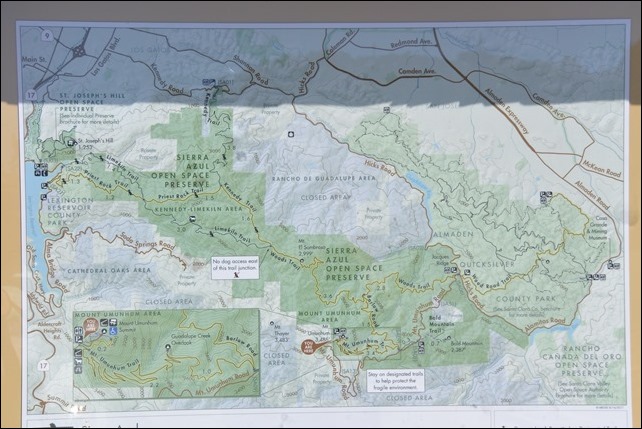
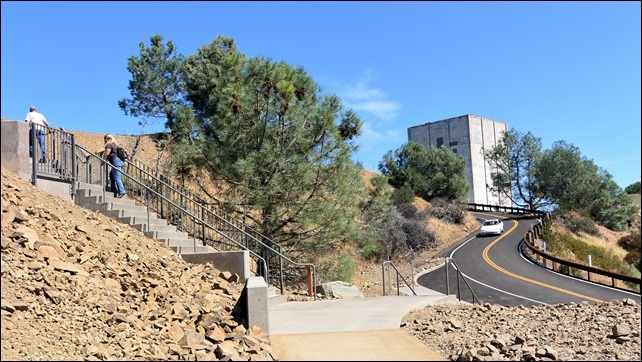
Very good blog post my friend! I don’t think we want to tackle climb on our Bike Friday Tandem!
Hahahaha Robert, so true. We decided immediately we would not be taking ours up that grade either.
:o)
Thanks, Greg & Karin,
We have been oogling Mt Uminum for a long time. (Note: I
was a USAF AN/FST Computer Tech in the 1960s
and, but for the luck of the draw) could have been
assigned to this station. Went to Cape Cod and Viet
Nam instead. Anyway, it looks like a lot of good work
has been done there. Gotta visit soon!
Wow! Very cool. I had no idea that was ever there. Thanks, as always, for sharing. xo